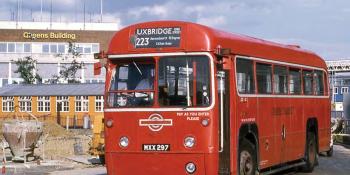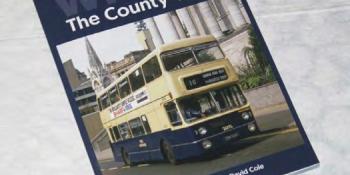Was the combination of electric and diesel just a stop on the road to electromobility? DAVID JENKINS examines the history of hybrids
The benefit of hindsight has often been applied to what was seen as cutting-edge technology at the time. The desire to reduce emissions from buses is one where we are still not in a mature market, and it is not yet clear whether battery electrics will dominate as they do now, or whether hydrogen will catch up, and perhaps even become the fuel of choice.
In the meantime, and despite around 5,000 such buses having been delivered in the UK since 2005 – but none since 2020 – the hybrid drivetrain looks as though it will become a mere footnote, certainly outside London.
If battery technology had been better earlier, hybrids might never have existed at all. But at the time, the range of an all-electric bus was measured in tens of miles, barely enough to cover even the schedule of a peak only working, never mind all day service. Poor availability and limited range clouded the 1990s operation of battery-powered Optare Metroriders in Oxford and the later Italian-made Gulliver Technobuses on Merseyside, while the weight of the batteries compromised passenger capacity.
So hybrid t…



